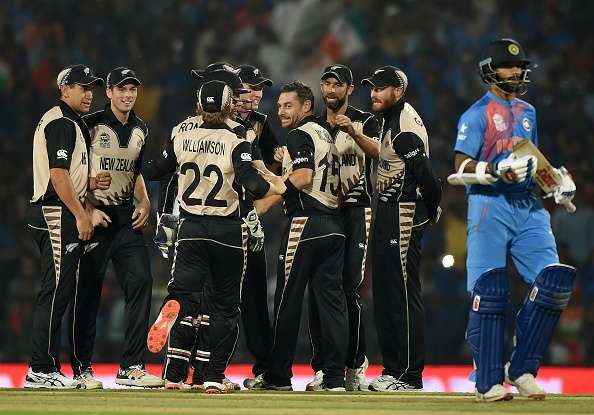
Of wisecracks, turning tracks and gambles: India's World T20 journey

Like many Mumbaikars, I dashed off home early from work on the 31st of March – for reasons both obvious and obscure. After all, the Indian national cricket team were due to participate in the second game of the penultimate stage in the sixth World Twenty20 championships. Plus, there wasn’t much to do at the office anyway!
I’m one of those cynical guys who erupt in cheers only when absolutely sure of an Indian victory. The whole nation was in the grip of similar sentiments that Brazil had in 1950, when they entered the finals of the soccer World Cup, and were declared champions by newspapers even before kickoff.
It is exactly what happened at the Wankhede that evening. An “electric atmosphere”, numerous well-known personalities in attendance, and a belter of a pitch – scene of the hosts’ magnificent triumph in 2011. To top it off, the men in blue put up 192 runs on the board, signifying a much improved batting performance than that seen in the Super 10 stage.
A par score, correct? Perhaps enough to enter the final? The West Indies didn’t think so.
And the usual script was torn up. Everyone witnessed what unfolded. Such an exhibition of power hitting, gay abandon and calculated ruthlessness – I’ve never seen it coming from a side which didn’t have Chris Gayle on the rampage early on.
No, that honour belonged to “hometown” boy Lendl Simmons and Johnson Charles, with the mohawk-wearing Andre Russell providing the finishing touches. The silence was deafening. The dream lay shattered. Maroons celebrated in style, while the Blues just walked off in a daze.
Social media was ablaze with tweets, posts, images, and more needless controversies. The post-game press interaction saw the Indian captain’s rather shoddy attempt at wisecracking over the question of his retirement from the game.
With all the kerfuffle surrounding the aftermath of the game– MS Dhoni not getting the team composition right, the two no-balls, the dew factor, and other aspects – having calmed down a little, it is imperative to take a dispassionate look at India’s road to the semi finals, and what could have been done differently.
India’s boon and bane – Slow and turning tracks on offer
Each of the home team’s games in the Super 10 stage was played on tracks that kept slow and had a fair amount of turn. The Nagpur pitch, much maligned during the India-South Africa Test series, was the 2007 champions’ first hurdle.
Long known to have the art of playing spin encoded in their DNA, the hosts were expected to rule the roost with both bat and ball. Mitchell Santner, Nathan McCullum and Ish Sodhi, however, quickly dispelled that notion with an intricate web that the Indian batsmen, barring their captain and vice captain, never got out of.
Against Pakistan, the slow nature of the Eden Gardens track lulled Rohit Sharma into playing a “glory shot” after taking two sixes off the bowlers in consecutive overs. Shikhar Dhawan, too, never got going. Suresh Raina and Yuvraj Singh didn’t take off either. A near-similar story played out in at Bengaluru and Mohali as well.
Would one still say that Indian batsmen can play spin better than the rest? When you’re struggling on such pitches at home, and that too in the shortest format where dot balls are worth gold dust, it really doesn’t inspire confidence among the viewers. The likes of Ashwin and Jadeja did a fair job in the first four games, so it isn’t prudent to blame them for India's stuttering beginnings.
The warning signs were there. India chose to ignore them. The Wankhede outing just hammered the final nail in the coffin.
